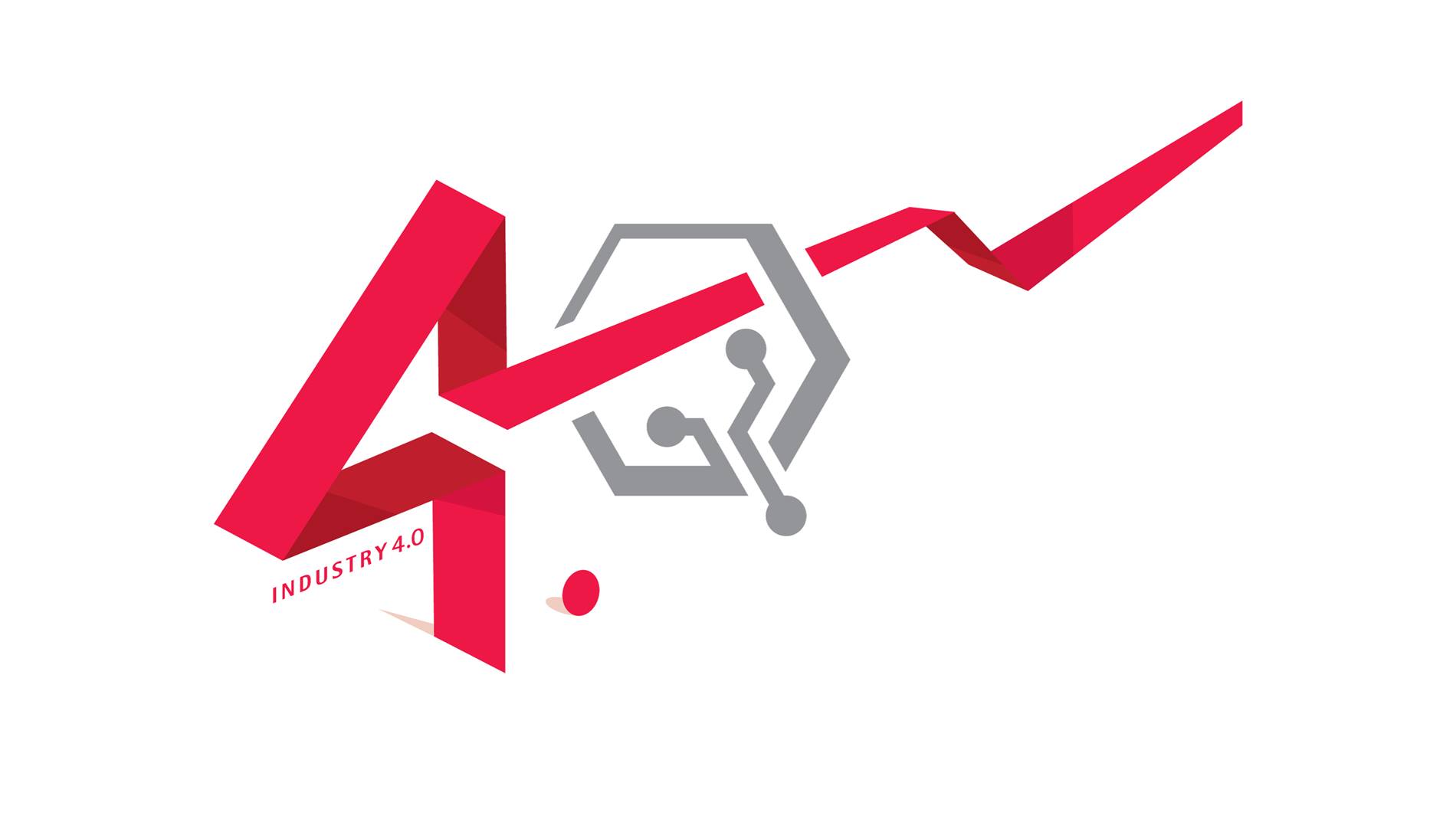
Service Orientation: Redefining the Role and Value of Services in Industry 4.0
February 2, 2018
Service orientation is one of the key design principles of Industry 4.0. In this latest Industry 4.0 blog post we explain what it is and what it makes possible.
One of the biggest benefits Industry 4.0 promises is the ability to adapt to change as it occurs, quickly and efficiently.
This is the driver behind many Industry 4.0 design principles, including Interoperability, Real-Time Capabilities, Modularity, Decentralization and Service Orientation.
Service orientation enables the services of companies, cyber-physical systems, and humans to be made available so other cyber-physical systems, humans or companies can use them. This not only increases the accessibility of these services, but also enables new types of services to be created.
This is the driver behind many Industry 4.0 design principles, including Interoperability, Real-Time Capabilities, Modularity, Decentralization and Service Orientation.
Service orientation enables the services of companies, cyber-physical systems, and humans to be made available so other cyber-physical systems, humans or companies can use them. This not only increases the accessibility of these services, but also enables new types of services to be created.
For example, when a service-oriented approach is applied to modular assembly stations and the transportation between them by AGVs, both the assembly stations and AGVs offer their services to the products. The products carry the knowledge of their specific configurations within RFID tags and can decide autonomously which working steps are needed for their configuration. They then compose the required process and navigate that process in the most efficient way by accessing production and transportation resources as needed.
By configuring the process according to the specific steps required by a particular product and accessing transportation services based on proximity and availability, the entire process acts as a cyber-physical system that adapts without human intervention to the requirements of each product. The “services” that make this approach possible are enabled by a service-oriented software architecture and communicated over the Internet of Services.
A service-oriented architecture is one in which software services carry out small functions, such as producing data or validating an order. In contrast to the use of large applications, which tend to be data silos that cannot readily exchange information with each other, service orientation enables freer information flow within and between enterprises. Organizing software as services also makes it easier to expose its functionality externally, as with the software that tracks products through shipping. It has value to the shipper, but even greater value when it can be made available to the end customer.
By configuring the process according to the specific steps required by a particular product and accessing transportation services based on proximity and availability, the entire process acts as a cyber-physical system that adapts without human intervention to the requirements of each product. The “services” that make this approach possible are enabled by a service-oriented software architecture and communicated over the Internet of Services.
A service-oriented architecture is one in which software services carry out small functions, such as producing data or validating an order. In contrast to the use of large applications, which tend to be data silos that cannot readily exchange information with each other, service orientation enables freer information flow within and between enterprises. Organizing software as services also makes it easier to expose its functionality externally, as with the software that tracks products through shipping. It has value to the shipper, but even greater value when it can be made available to the end customer.
The Internet of Services operates similar to the Internet of Things but connects services—both within and outside an organization, and provided by both humans and intelligent systems—to enable services to be offered more efficiently and combined to enhance their value. In this case, “services” is interpreted broadly to include everything from the movement of goods from one location to the next to business intelligence services in which data is aggregated and analyzed to improve decision making.
The previous example of a service-oriented process also highlights the synergies between various Industry 4.0 design principles—each delivers value in it’s own right but that value is amplified when multiple design principles work together to support new, more efficient and more flexible processes. Intelligence must be decentralized across the various machines and AGVs used in the process and all process components must be interoperable and able to respond in real-time to requests from the product. In addition, the process must be modular to support customization and may be monitored through virtualization. Finally, service orientation enables the approach by which products can access the services of machines and AGVs.
Service orientation, then, is key to creating a future in which cyber-physical systems communicate over the IoT and cooperate with each other and humans in real time, supported by an Internet of Services in which both internal and external services are leveraged across the value chain, to allow warehouse processes to continually adapt to change as it occurs.
The previous example of a service-oriented process also highlights the synergies between various Industry 4.0 design principles—each delivers value in it’s own right but that value is amplified when multiple design principles work together to support new, more efficient and more flexible processes. Intelligence must be decentralized across the various machines and AGVs used in the process and all process components must be interoperable and able to respond in real-time to requests from the product. In addition, the process must be modular to support customization and may be monitored through virtualization. Finally, service orientation enables the approach by which products can access the services of machines and AGVs.
Service orientation, then, is key to creating a future in which cyber-physical systems communicate over the IoT and cooperate with each other and humans in real time, supported by an Internet of Services in which both internal and external services are leveraged across the value chain, to allow warehouse processes to continually adapt to change as it occurs.




